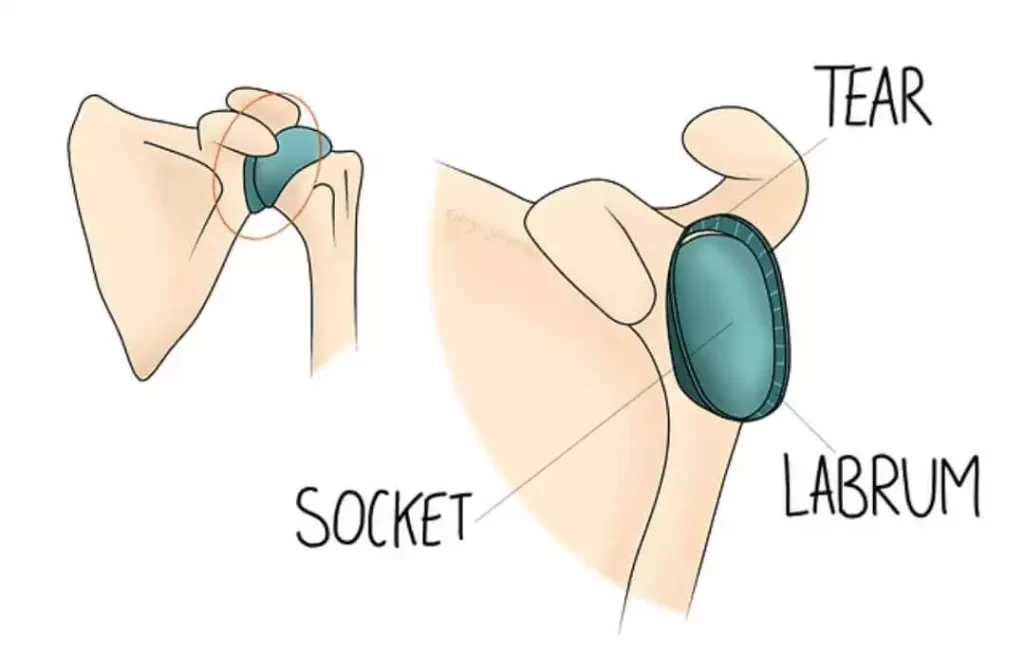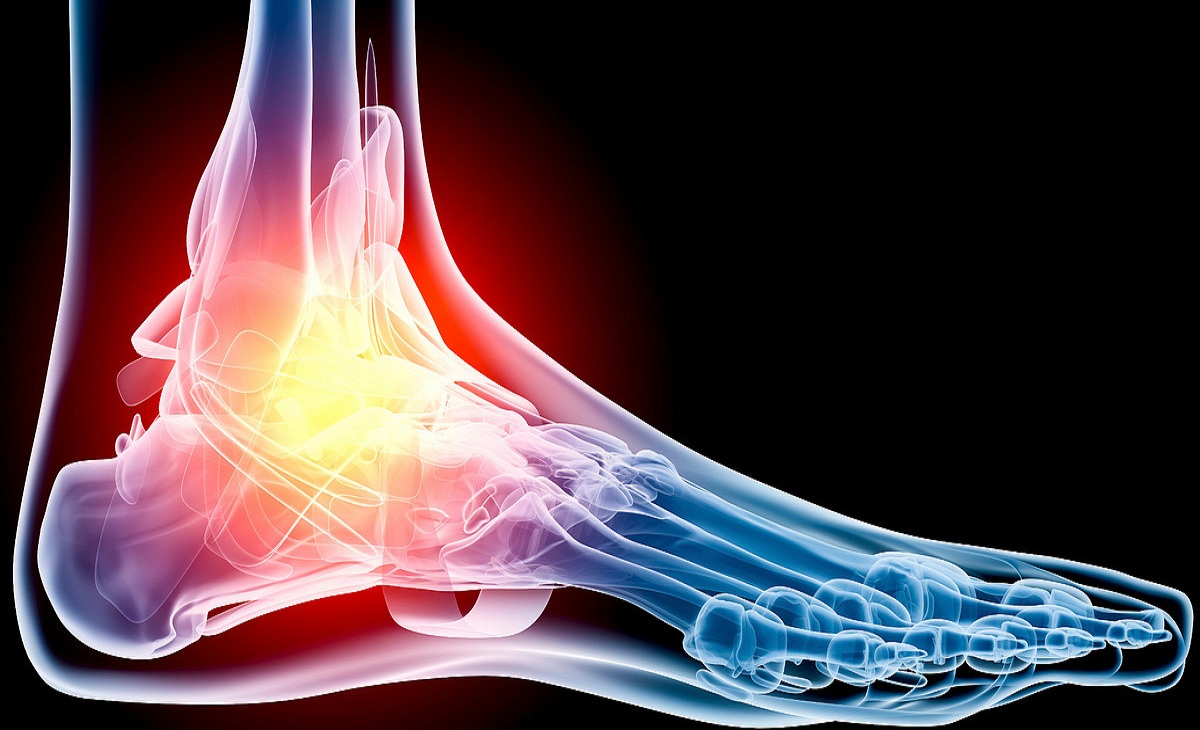Introduction
Frozen shoulder, clinically known as adhesive capsulitis, is a painful and debilitating condition that affects the mobility of the shoulder joint. It is characterized by the progressive loss of range of motion, pain, and stiffness in the shoulder. While various treatment approaches exist, manual techniques such as physical therapy, mobilization, and the Niel-Asher technique have shown promising results in managing and alleviating the symptoms associated with frozen shoulder.

Content
Understanding Frozen Shoulder
Frozen shoulder is believed to occur due to inflammation and thickening of the joint capsule, resulting in the formation of adhesions within the shoulder joint. This leads to a reduced synovial fluid production and the gradual loss of mobility, causing pain and functional impairment. The condition often develops in three stages: the freezing stage, the frozen stage, and the thawing stage. Each stage presents unique challenges and requires tailored treatment.
Manual Techniques in Frozen Shoulder Treatment
Manual techniques play a pivotal role in the management of frozen shoulder. These approaches aim to break down adhesions, improve blood circulation, reduce inflammation, and restore the range of motion. One effective manual technique is the Niel-Asher technique.
The Niel-Asher Technique
The Niel-Asher technique, developed by osteopath Simeon Niel-Asher, is a gentle and non-invasive method for treating frozen shoulder. It focuses on releasing adhesions within the shoulder joint using a sequence of controlled movements and exercises. The Niel-Asher technique is grounded in the principles of osteopathy and is often used in conjunction with other manual therapies, making it a comprehensive approach to frozen shoulder treatment.
The Niel-Asher Technique in Practice
1. Evaluation: The practitioner begins by assessing the patient’s shoulder to determine the stage and severity of the condition. This evaluation guides the development of a personalized treatment plan.
2. Gentle Stretching: The Niel-Asher technique involves a series of gentle stretching and mobilization exercises. These movements are aimed at improving shoulder mobility and reducing adhesions.
3. Neuromuscular Techniques: The practitioner uses specific neuromuscular techniques to relax the muscles surrounding the shoulder joint, which helps alleviate pain and tension.
4. Lifestyle Modifications: Patients are often educated about lifestyle modifications and exercises they can do at home to maintain and further improve their shoulder mobility.
Effectiveness of the Niel-Asher Technique
Research supports the effectiveness of the Niel-Asher technique in treating frozen shoulder. A study published in the Journal of Orthopaedic & Sports Physical Therapy in 2019 found that patients treated with the Niel-Asher technique experienced significant improvements in pain and range of motion. The gentle, non-invasive nature of the technique also makes it a preferred choice for many patients.
Complementary Manual Techniques
In addition to the Niel-Asher technique, other manual techniques can complement the treatment of frozen shoulder. These include:
1. Manual Therapy: Physical therapists and osteopaths use manual therapy to improve joint mobility, relieve pain, and reduce muscle tension. Techniques such as joint mobilization and soft tissue release are commonly employed.
2. Myofascial Release: Myofascial release is a technique that targets the fascial connective tissues, which can become tight and restrict movement in frozen shoulder patients.
3. Passive Range of Motion Exercises: Passive range of motion exercises are designed to gently move the shoulder joint through its full range of motion. These exercises help maintain joint mobility and prevent further stiffness.
Conclusion
Frozen shoulder is a challenging condition that can significantly impact an individual’s quality of life. Manual techniques, including the Niel-Asher technique, offer a non-invasive and effective approach to alleviate pain and restore shoulder function. These techniques, when administered by skilled practitioners, can help patients progress through the stages of frozen shoulder and regain their mobility and comfort. As with any medical condition, it’s crucial to consult with a healthcare professional to determine the most appropriate treatment plan. The combination of manual techniques and home exercises can be a powerful tool in the rehabilitation of frozen shoulder patients, offering hope for a return to pain-free, full shoulder function.
References:
1. Hegedus, E. J., Goode, A., & Campbell, S. (2019). Physical examination tests for frozen shoulder. Journal of Orthopaedic & Sports Physical Therapy, 49(7), 451-457.
2. Niel-Asher, S. (2005). Frozen shoulder: The Niel-Asher technique. International Journal of Osteopathic Medicine, 8(1), 21-26.
3. Neviaser, A. S., & Hannafin, J. A. (2011). Adhesive capsulitis: A review of current treatment. The American Journal of Sports Medicine, 39(11), 2346-2353.

Arlene Ross is a health blogger who enjoys writing on her website. Arlene has always had an interest in medicine, and she hopes to become a doctor one day. She loves reading about medical discoveries, especially when they are for rare conditions that don’t have much research yet. She also likes exploring the science behind different diets and nutrition programs.











